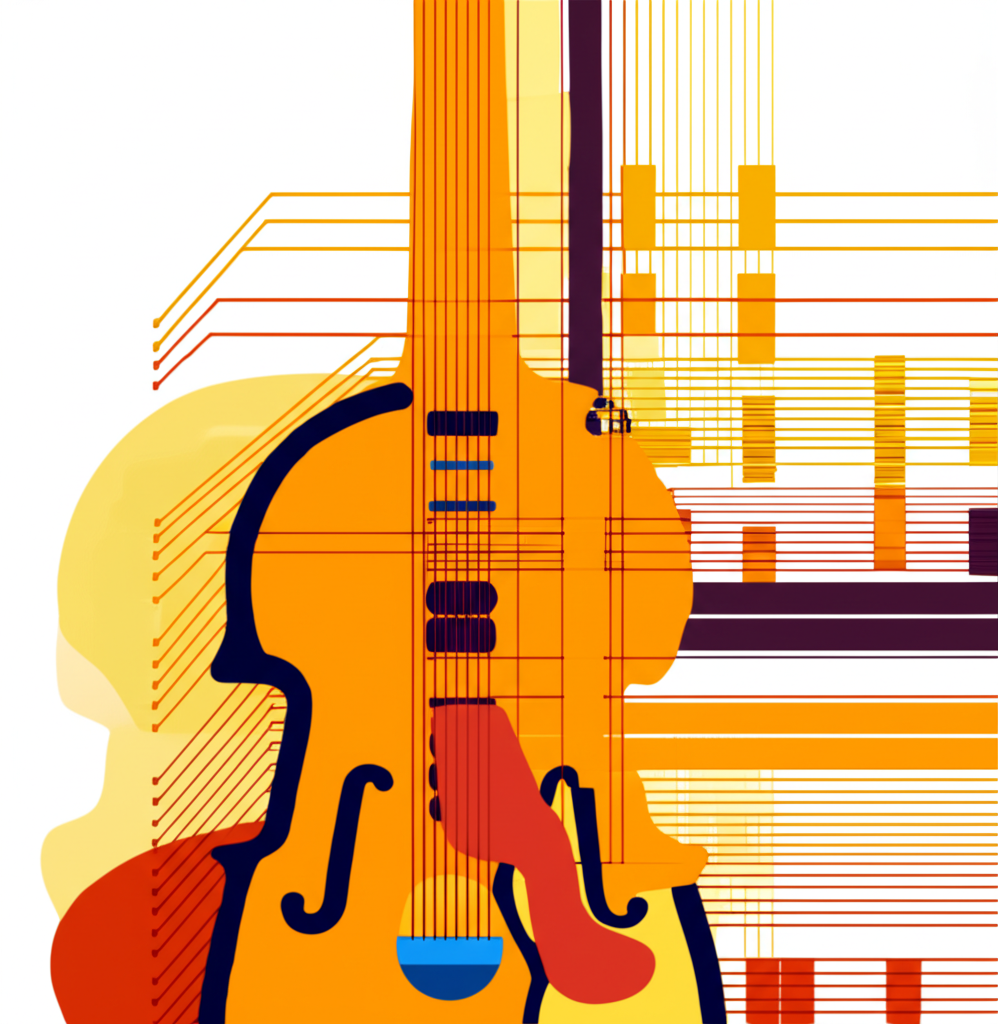The Minor 11th Chord: A Comprehensive Guide
The Minor 11th chord is a rich and complex extended chord that adds depth and color to musical compositions. This guide will explore its construction, historical context, and practical applications across various genres.
Definition and Explanation


A Minor 11th chord is built by stacking intervals on top of a minor triad. The formula is:
- Root
- Minor 3rd
- Perfect 5th
- Minor 7th
- Major 9th
- Perfect 11th
In chord symbols, it's typically written as m11 or -11 (e.g., Cm11 or C-11).
Historical Context
The Minor 11th chord emerged prominently in:
- 20th century jazz harmony
- Impressionist classical music
- Modern pop and R&B arrangements
Technical Construction
Interval Structure
The complete interval structure from the root:
- Root: 1
- Minor 3rd: b3
- Perfect 5th: 5
- Minor 7th: b7
- Major 9th: 9
- Perfect 11th: 11
Common Voicings
Effective voicings often omit certain notes to avoid muddiness:
- Piano: Root-5th-7th-9th-11th (omitting 3rd)
- Guitar: 7th-9th-11th-root (drop 3 voicing)
Practical Applications
Jazz Usage
Common in:
- II-V-I progressions (e.g., Dm11-G7-Cmaj7)
- Modal jazz compositions
- Chord substitutions
Pop and R&B
Used for:
- Creating lush harmonic backgrounds
- Adding tension in verse-chorus transitions
- Modern neo-soul progressions
Progressive Exercises
Level 1: Construction
Build m11 chords on all 12 roots using the formula.
Level 2: Voicings
Practice common piano and guitar voicings in all keys.
Level 3: Progressions
Create ii-V-I progressions using m11 for the ii chord.
Common Usage in Genres
Classical
Debussy and Ravel used similar sonorities in impressionist works.
Jazz
Bill Evans and Herbie Hancock employed m11 chords extensively.
Rock/Pop
Steely Dan and modern R&B artists use m11 for sophisticated harmonies.
Sample progression in C:
Dm11 (ii) - G7 (V) - Cmaj7 (I)
Chord symbols with extensions:
Dm11: D-F-A-C-E-G
G7: G-B-D-F
Cmaj7: C-E-G-B
